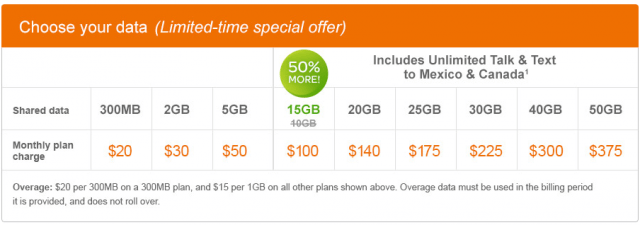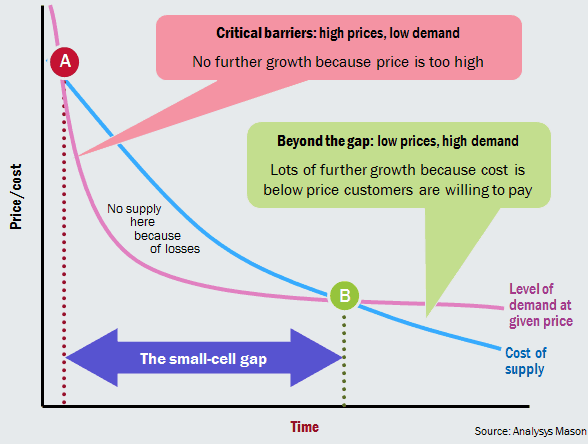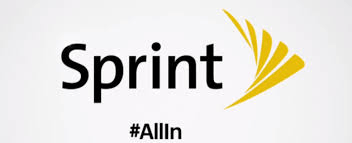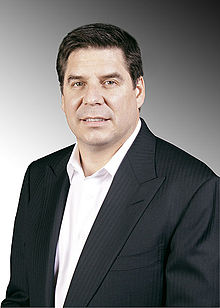
Burn Her! T-Mobile CEO John Legere announces a data hog crackdown.
T-Mobile’s CEO has declared war on about 3,000 current customers caught “stealing data from T-Mobile” by using workarounds to avoid T-Mobile’s tethering usage allowance.
T-Mobile customers with unlimited 4G LTE plans get a fixed allowance to be used for tethering when using the Smartphone Mobile HotSpot feature, which allows laptops, tablets, and other wireless devices to share a T-Mobile wireless data connection.
“These violators are going out of their way with all kinds of workarounds to steal more LTE tethered data,” said John Legere, CEO of T-Mobile USA. “They’re downloading apps that hide their tether usage, rooting their phones, writing code to mask their activity, etc. They are ‘hacking’ the system to swipe high-speed tethered data.”
Legere claims the “clever hackers are willfully stealing for their own selfish gain” and are running up as much as two terabytes of usage a month over T-Mobile’s network. Legere thunders he won’t allow this on his watch and the company is starting a campaign of countermeasures this week to go “after a small group of users who are stealing data so blatantly and extremely that it is ridiculous.”
Legere was not specific about how T-Mobile identifies customers it considers to be abusing its network, but a new FAQ on the carrier’s website explains what will happen to those deemed to be exploiting workarounds to exceed T-Mobile’s standard 7GB tethering allowance:
We’re first warning these customers that they’re illegally using more data than they bought. We hope folks will stop on their own so they can keep their current plan. These customers are on an unlimited 4G LTE smartphone plan that includes a set amount of Smartphone Mobile HotSpot data, but they’re using workarounds to make their tethering look like smartphone usage which helps them use significantly more 4G LTE tethering than their plan includes.
Customers who continue to do this will be warned, then lose access to our Unlimited 4G LTE smartphone data plan, and be moved to an entry-level limited 4G LTE data plan.

Legere
Legere is clearly concerned the crackdown could be interpreted by the Federal Communications Commission as a Net Neutrality violation.
“These abusers will probably try to distract everyone by waving their arms about throttling data,” Legere wrote. “Make no mistake about it – this is not the same issue. Don’t be duped by their sideshow. We are going after every thief, and I am starting with the 3,000 users who know exactly what they are doing. The offenders start hearing from us tomorrow. No more abuse and no risk to the rest of our customers’ experience. It’s over. If you are interested, you can find more info in our [FAQ].”
The FCC has no rules prohibiting usage caps, but the issue of speed throttling is less settled and Legere’s comments are intended to frame the issue in terms of data theft and violations of the company’s terms and conditions.
Carriers are often less lenient with hotspot usage because desktop computers and laptops often consume much more data than portable handheld devices like tablets and smartphones. T-Mobile admits that customers who need to consume a lot of data should find another ISP:
[Wired] Broadband services would be a better solution for customers who need more high-speed for tethered devices.


 Subscribe
Subscribe AT&T is obviously a supporter of bringing its wireless customers closer together… in family plans, that is.
AT&T is obviously a supporter of bringing its wireless customers closer together… in family plans, that is. If you keep your phone turned off except during special occasions, road trips, and landline service outages, AT&T has a plan for you. Actually, Verizon thought up most of these plans first — AT&T is now matching them as a consequence of the “competitive” market.
If you keep your phone turned off except during special occasions, road trips, and landline service outages, AT&T has a plan for you. Actually, Verizon thought up most of these plans first — AT&T is now matching them as a consequence of the “competitive” market.
 Despite perennial claims of an unmanageable wireless data traffic tsunami threatening the future of the wireless industry, there is strong evidence wireless data traffic growth has actually flattened, increasing mostly as a result of new customers signing up for service for the first time.
Despite perennial claims of an unmanageable wireless data traffic tsunami threatening the future of the wireless industry, there is strong evidence wireless data traffic growth has actually flattened, increasing mostly as a result of new customers signing up for service for the first time. When pressed for specifics, many wireless carriers eventually admit they have enough spectrum to handle today’s traffic demand, but will face overburdened and insufficient capacity tomorrow. But that is not what the evidence shows.
When pressed for specifics, many wireless carriers eventually admit they have enough spectrum to handle today’s traffic demand, but will face overburdened and insufficient capacity tomorrow. But that is not what the evidence shows. Sprint’s all-new “All-In” wireless plan was supposed to simplify wireless pricing for consumers by bundling a leased phone, unlimited voice, data, and texting for a flat $80 a month, but customers slogging through the fine print discovered speed throttling and roaming punishments were silent passengers along for the ride:
Sprint’s all-new “All-In” wireless plan was supposed to simplify wireless pricing for consumers by bundling a leased phone, unlimited voice, data, and texting for a flat $80 a month, but customers slogging through the fine print discovered speed throttling and roaming punishments were silent passengers along for the ride:


